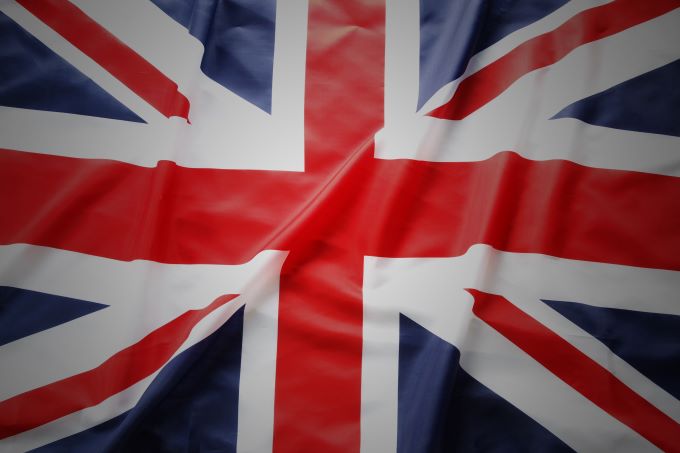 The United Kingdom's Office for National Statistics reported that the Consumer Price Index increased by 0.5 percent in September (year-to-year) after advancing by 0.2 percent in the previous month and remaining in line with the surveyed analysts' expectations. In monthly terms, the Consumer Price Index went up by 0.4 percent, below the surveyed analysts' expectations who foresaw it to advance by 0.5 percent and higher than the previous month's -0.4 percent. Excluding food and energy prices, the Consumer Price Index went up by 1.3 percent in September (year-to-year) over the previous month's 0.9 percent and remaining in line with the analysts' expectations.
The United Kingdom's Office for National Statistics reported that the Consumer Price Index increased by 0.5 percent in September (year-to-year) after advancing by 0.2 percent in the previous month and remaining in line with the surveyed analysts' expectations. In monthly terms, the Consumer Price Index went up by 0.4 percent, below the surveyed analysts' expectations who foresaw it to advance by 0.5 percent and higher than the previous month's -0.4 percent. Excluding food and energy prices, the Consumer Price Index went up by 1.3 percent in September (year-to-year) over the previous month's 0.9 percent and remaining in line with the analysts' expectations.
The Producer Prices Index Core Output went up by 0.3 percent (year-to-year), higher than the previous month's 0 percent and over the analysts' expectations, who foresaw it to be at 0.1 percent. In monthly terms, it went up by 0.2 percent, over the previous month's 0.1 percent and higher than the analysts' expectations, who foresaw it to be at 0 percent. The Retail Price Index was at 1.1 percent in September (year-to-year), below the analysts' expectations who foresaw it to be at 1.2 percent and below the previous month's 0.5 percent. In monthly terms, the Retail Price Index went up by 0.3 percent, below the analysts' expectations who foresaw it to be at 0.4 percent and higher than the previous month's -0.3 percent.
The public sector net borrowing stood at 35.367 billion pounds, over the previous month's 29.379 billion and higher than the analysts' expectations, who foresaw it to be at 32.4 billion pounds.
By 7:09 GMT the pound sterling went up by 0.42 percent against the US Dollar, hitting the 1.2999 level.
Australian Retail Sales Drop, Credit Card Spending Improves in New Zealand
The Australian Bureau of Statistics recently reported that retail sales dropped by 1.5 percent, after dropping by 4 percent in the previous month. The index went down mainly due to drops in clothing, footwear, and personal accessories sales. On the other hand, restaurants, takeaway food services, cafes, and department store sales went up.
The Melbourne Institute published the Westpac Leading Index, which monitors economic activity, reporting that it stood at 0.2 percent after being at 0.48 percent in the previous month.
The Reserve Bank of New Zealand reported that credit card spending went down by 9.9 percent (year-to-year), improving from August's -11.9 percent and better than the analysts' expectations, who foresaw an 18.1 percent contraction.
By 7:19 GMT, the New Zealand dollar went up by 0.53 percent against the US dollar, hitting the 0.6613 level. In the same way, the Australian dollar gained 0.40 percent against the greenback, hitting the 0.7074 level.
